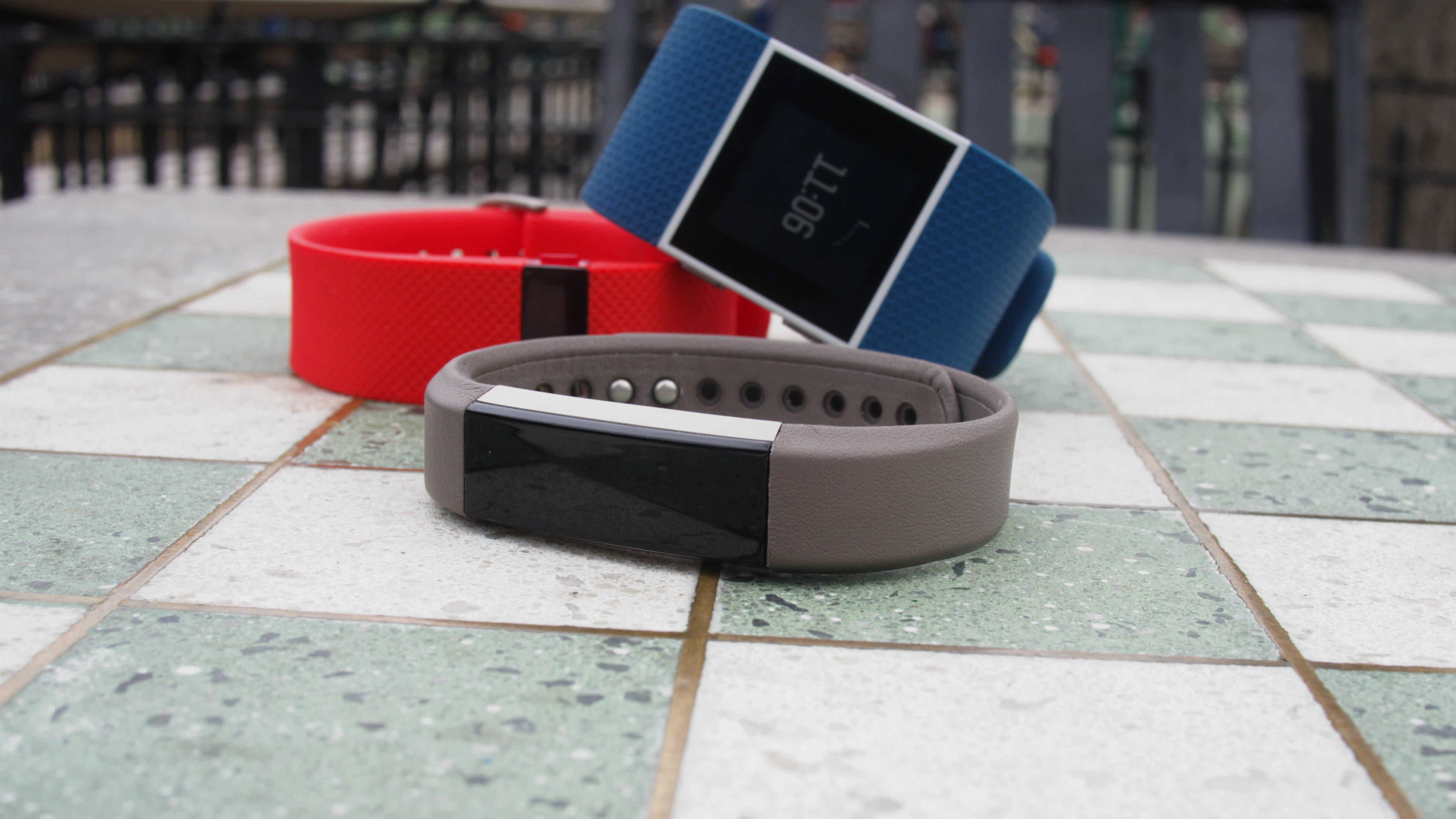TechRadar Verdict
Fitbit's Alta has it where it counts, namely the killer week-long battery life, customizable styles, and the solid Fitbit companion app as a backbone. But there are a few frustrating design choices that keep this from being a "must-have."
Pros
- +
Striking design
- +
Easily customizable
- +
Week-long battery life
Cons
- -
Tap-sensitive screen isn't sensitive enough
- -
Not waterproof
- -
Pretty limited offering overall
Why you can trust TechRadar
Update: Numerous newer Fitbit devices have launched since the Alta first arrived, most recently the Fitbit Charge 3 and Fitbit Versa, not to mention some direct competition from the Fitbit Alta HR. But the original Alta has also since dropped in price. We've updated this review to reflect all of this.
Fitbit wants you to know that now, more than ever, it makes a model that can match your taste. The Alta was another attempt from the popular fitness tracker company to reach the last remaining few holdouts who hadn't been sold on its previous efforts, like the Fitbit Charge HR and Fitbit Surge.
What sets the Alta apart from the fleet of Fitbits? Its looks, primarily. It's a move forward for the company, but not done without looking back on its past. The Alta is a refined iteration of the older Fitbit Zip and Fitbit One, each of which house a modular, thus removable, sensor.
Obviously influenced by the big impact that more trendy wearables are making in the tech and fashion scenes, Fitbit's Alta might seem like a "me too" fitness tracker on the surface. But can it stand on its own?

Well, sure. This fitness tracker nails the look and it has the fairly reliable Fitbit app to fall back on, as well. Out of the box, it offers accurate step tracking, super strong battery life and easy exercise and activity monitoring.
Like most wearables, you are the one in control of how much you wring out of the tracking experience. When it comes to Fitbit's Alta, you can closely keep watch on each movement, moment of rest, and daily weight, then set goals to improve upon each. But, you don't have to.
The Alta scales nicely to both entry-level and more hardcore users, with a dead-simple user interface (no buttons, just touch) and incredible battery life. SmartTrack, the new automatic exercise recognition feature, saves a trip to the phone to queue a workout. It's also customizable (at an additional cost,) so even the fashionistas can track in style.
Of course, it also now has more competition, as a number of newer Fitbit devices have launched since, including the Fitbit Alta HR - which adds a heart rate monitor to the Alta's arsenal, the Fitbit Charge 3 (and the Fitbit Charge 2 for that matter), the minimalist Fitbit Flex 2, and the Fitbit Ionic and Fitbit Versa, both of which are more smartwatches than simply fitness trackers.
Fitbit Alta price and release date
On the downside of things, it's a limited experience, especially when compared to some previous Fitbit models. Gone is the heart rate tracking found in the Charge HR and the GPS function of the Surge. But, considering the Alta's more affordable price launch price of $129 (£99, AU$199), it's clear that its existence isn't meant to cannibalize what Fitbit's other models have going for them.
The price has also dropped since the Alta was first released, and we've seen it as low as $70/£50/AU$150.
The original Alta came out in February 2016, but it was soon usurped by the Fitbit Alta HR that came out a little over a year later. At first we thought Fitbit would stop stocking the Alta in favor of the Alta HR, but both are still on sale through the manufacturer's website and a variety of third-party websites.
Display
Inside of the small module, Fitbit included a rectangular OLED display that puts up a no-frills, bi-colored visual presentation.
The Alta –despite its fancy looks– is a fairly basic tracker, and the display is a reflection of that, but still provides easy-to-read, bite-sized snippets of information. It might be a limitation of the tech, but the Fitbit app conceals this wearable's weakness with a minimalistic user interface.

To turn on the Alta from standby mode, tap the screen twice or just flip your wrist like you would to check a watch. Either command will push the time and date, wrapped in any one of the few vertical or horizontally-oriented watch faces you've selected in the Fitbit companion app.
From here, tap once to flip the page and show another metric, like calories burned. There are four pages in total to navigate through until you cycle back again to the time and date. In my experience, you have to make a very concerted "tap" action to get any sort of response from the Alta. Even then, I found it hard to reliably get results switching between pages.
Cameron is a writer at The Verge, focused on reviews, deals coverage, and news. He wrote for magazines and websites such as The Verge, TechRadar, Practical Photoshop, Polygon, Eater and Al Bawaba.

